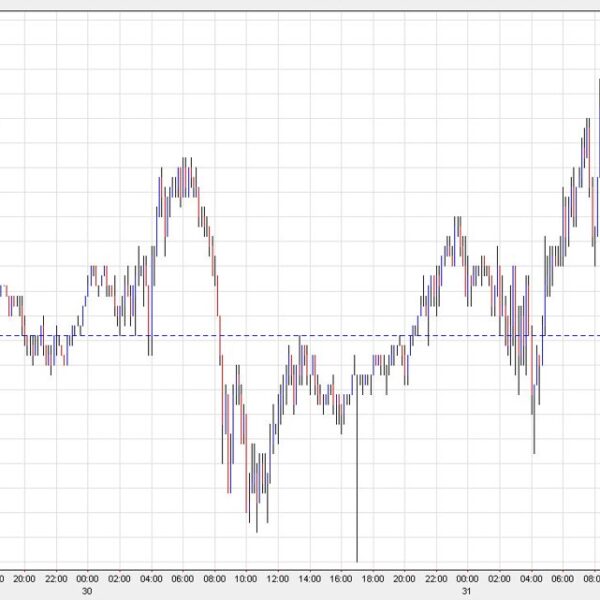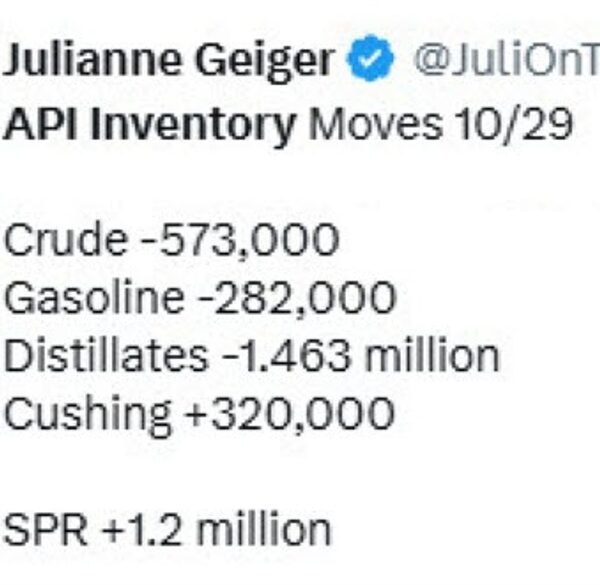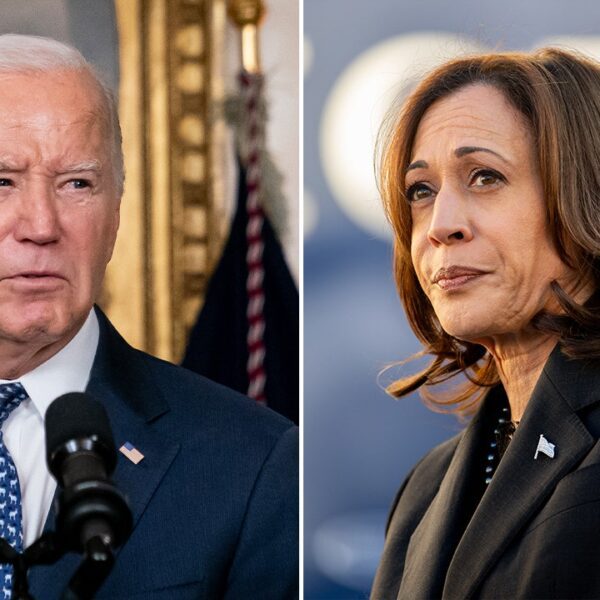The fall of Assad’s regime in Syria, which could lead to
greater regional instability, along with China’s Politburo shifting its
monetary policy, might have seemed like a golden opportunity for the oil
market.
Why? On the one hand, there’s the risk of supply shortages
due to rising tensions in the Middle East, and on the other, the potential for
increased energy demand in China as the economy regains momentum.
Even so, neither WTI nor Brent soared, unlike the S&P 500 index.
Traders seem to believe that Trump’s decision to increase oil drilling could
offset any potential shortages in the market.
The problem is that with oil production costs in the Permian
Basin hovering around $64 per barrel, U.S. producers have little incentive to
increase production and keep prices in a dramatic range.
This was recently confirmed by Liam Mallon, Exxon’s head of
exploration and production. In other words, the president’s “drill, drill,
drill” promises may clash with the harsh realities of the market.
What about OPEC+?
Recently, cartel members delayed their plans to increase oil
production by three months instead of just one month, as in November. The
decision, however, didn’t have a long-lasting effect…
Traders do not seem worried, but if oil
prices remain under pressure, OPEC+ will likely delay again. This is
because similar moves so far have not had a lasting effect.
The main reason is the ongoing decline in OPEC’s market
share. For example, in 2016, the cartel produced 34 million barrels per day,
but now it’s down to just 27 million.
So, while OPEC+ cuts production, U.S. producers, along with
countries like Brazil and Canada, quickly step in to fill the gap. Another risk
is the potential fracture of the cartel due to disagreements over production
quotas.
For example, Sechin
has called for a twofold increase in global oil production in Russia. If
that happens, Saudi Arabia could respond by releasing even more capacity onto
the market.
What could support oil prices?
Tighter sanctions on Russia and Iran and worsening
geopolitical tensions in the Middle East are factors the market is overlooking.
Still, they could eventually significantly impact the global oil supply.
Another hope is that global oil demand will rise to 108
million barrels per day (+4%) by 2030, driven by consumption growth in China
(+6% to 17.5 million b/d) and India (+24% to 6.95 million b/d).
However, whether these factors will tilt the market in favor
of or against it next year is still uncertain. What’s clear is that 2025 will
be very volatile, especially for the energy market.















